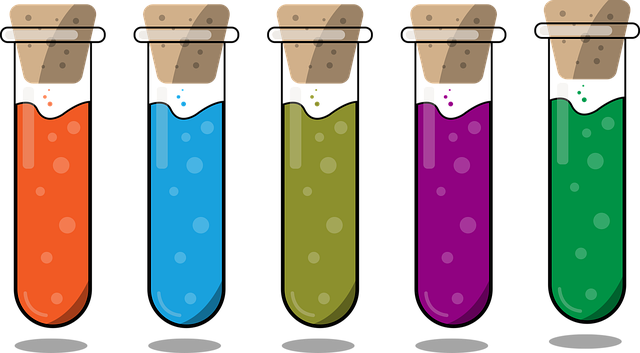There are various methods of testing used in software development to verify and validate the quality, functionality, and performance of software products. These testing methods can be broadly categorized into the following types:

Manual testing involves human testers executing test cases, interacting with the software, and evaluating its behavior based on their observations and judgment. Manual testing methods include:
- Ad Hoc Testing: Informal testing without predefined test cases, where testers explore the software intuitively to identify defects or issues.
- Exploratory Testing: Simultaneous test design and execution where testers explore the software’s features, functionalities, and user interface in an unscripted manner.
- User Acceptance Testing (UAT): Testing performed by end users to validate that the software meets their requirements and expectations.
Automated testing involves using specialized testing tools, scripts, and software to execute test cases automatically, reducing the need for manual intervention. Automated testing methods include:
- Functional Testing: Testing the software’s functionality against specified requirements to ensure that it behaves as expected.
- Regression Testing: Testing existing functionality to ensure that it remains intact after code changes or updates.
- Performance Testing: Testing the software’s performance, scalability, and responsiveness under various load conditions.
- Security Testing: Testing the software’s security measures to identify vulnerabilities, weaknesses, and potential threats.
- Integration Testing: Testing the interaction between different modules, components, or systems to ensure they work together seamlessly.
- API Testing: Testing the application programming interfaces (APIs) to ensure they meet functional and non-functional requirements.
Static testing involves reviewing and analyzing software artifacts, such as code, design documents, and requirements, without executing the software. Static testing methods include:
- Code Reviews: Reviewing source code to identify defects, errors, or coding standards violations.
- Requirements Analysis: Analyzing software requirements to ensure they are complete, consistent, and unambiguous.
- Design Reviews: Reviewing software design documents to evaluate the architecture, design patterns, and overall quality of the design.
Dynamic testing involves executing the software and observing its behavior to identify defects, errors, or anomalies. Dynamic testing methods include:
- Black Box Testing: Testing the software’s functionality without knowledge of its internal workings, focusing on inputs, outputs, and external behavior.
- White Box Testing: Testing the software’s internal structure, code paths, and logic to ensure completeness, correctness, and reliability.
- Gray Box Testing: Testing the software with partial knowledge of its internal workings, combining elements of black box and white box testing.
Non-functional testing focuses on testing quality attributes or non-functional requirements of the software, such as performance, usability, reliability, and security. Non-functional testing methods include:
- Load Testing: Testing the software’s performance under expected and peak load conditions to ensure scalability and reliability.
- Usability Testing: Testing the software’s user interface, interaction design, and user experience to ensure usability and intuitiveness.
- Accessibility Testing: Testing the software’s accessibility features to ensure it can be used by users with disabilities.
- Reliability Testing: Testing the software’s reliability, availability, and fault tolerance to ensure it operates correctly under normal and abnormal conditions.
- Security Testing: Testing the software’s security measures to identify vulnerabilities, weaknesses, and potential threats.
These testing methods can be applied individually or in combination, depending on the specific requirements, goals, and constraints of the software project. Each method has its strengths, limitations, and suitability for different testing scenarios, and organizations often use a mix of methods to achieve comprehensive test coverage and ensure the quality and reliability of their software products.
